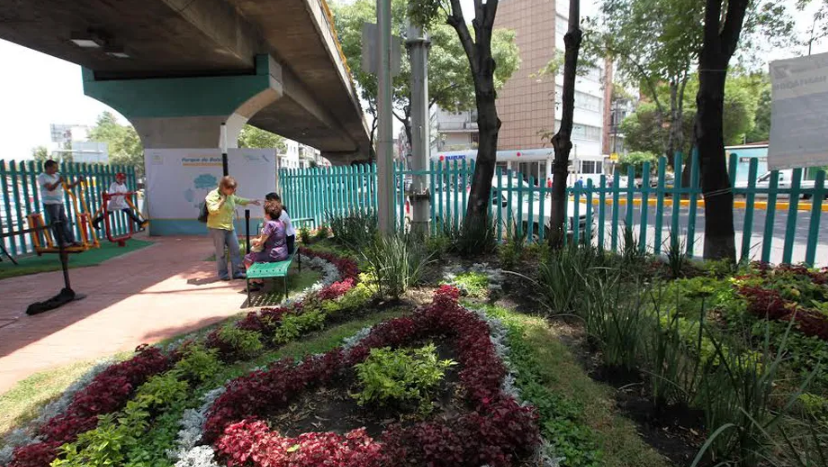
Pocket parks
A pocket park is a small green space in urban areas, created on unused land. Its purpose is to provide a nearby place for rest, socializing, and contact with nature, especially in areas with few parks. In addition to improving quality of life and beautifying the city, these parks can also include elements for sustainable rainwater management.
A pocket park is a small green space located in urban areas, usually built on vacant lots or unused spaces. Its purpose is to offer people a nearby place to rest, socialize, play, or simply enjoy nature, especially in neighborhoods where there are no large parks. Although small in size, these parks help improve quality of life, beautify the city, and contribute to a healthier environment. They can serve as part of urban strategies to manage and store rainwater. Although their main function is to provide small green spaces in densely urbanized areas, it is increasingly common for them to be designed with elements that aid in sustainable water management.
Water production and storage
Main theme:
North
Region:
600 - 1200
Precipitation (mm):
Medium
Application difficulty:
3, 11, 13 and 15
SDGs impacted:
Gravity
Energy used:
70 - 90
Efficiency (%):
Urban
Sector:
Reduces runoff, improves infiltration and water quality, creates habitats
Expected environmental impact:
$100 - $300 / m²
Estimated value: